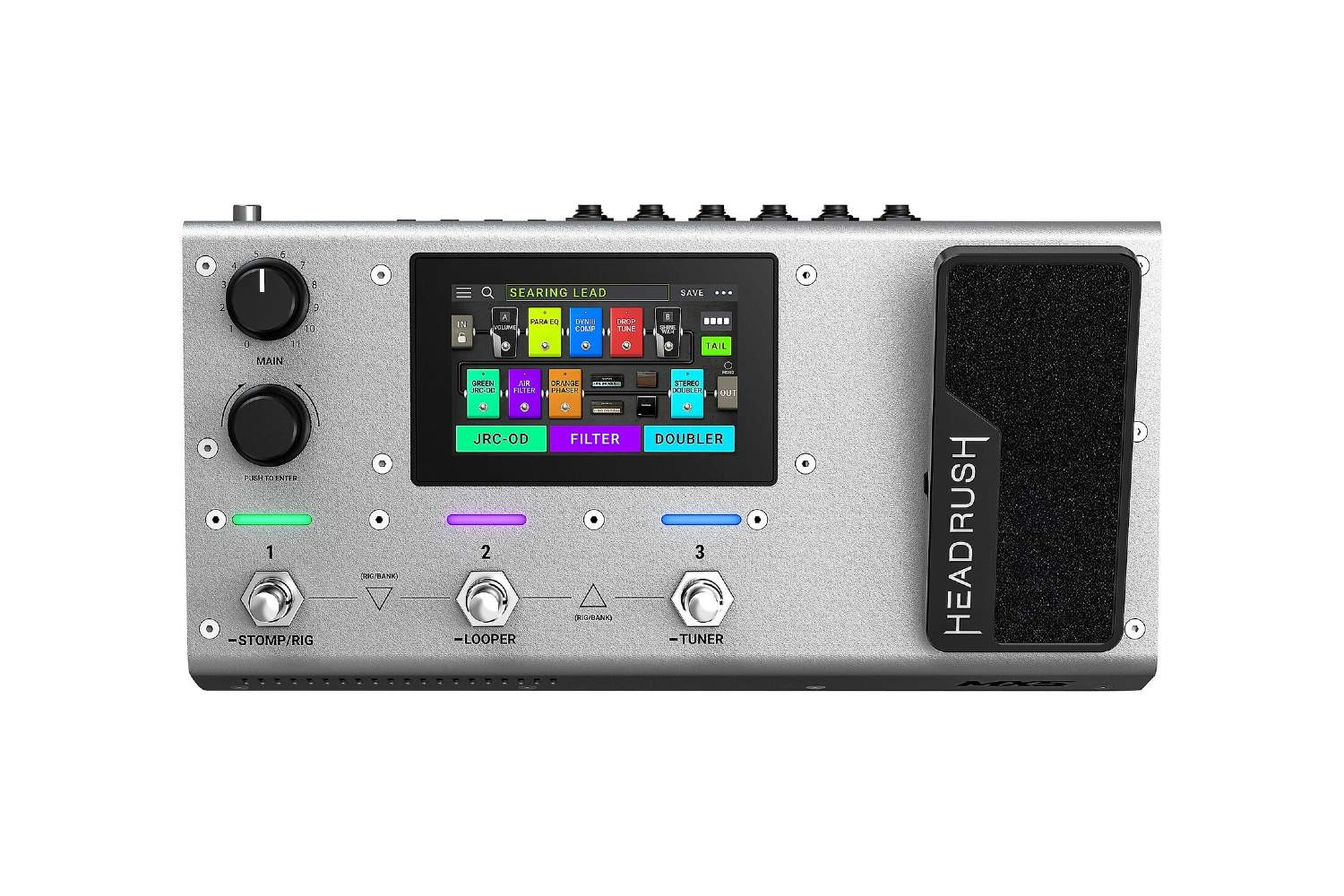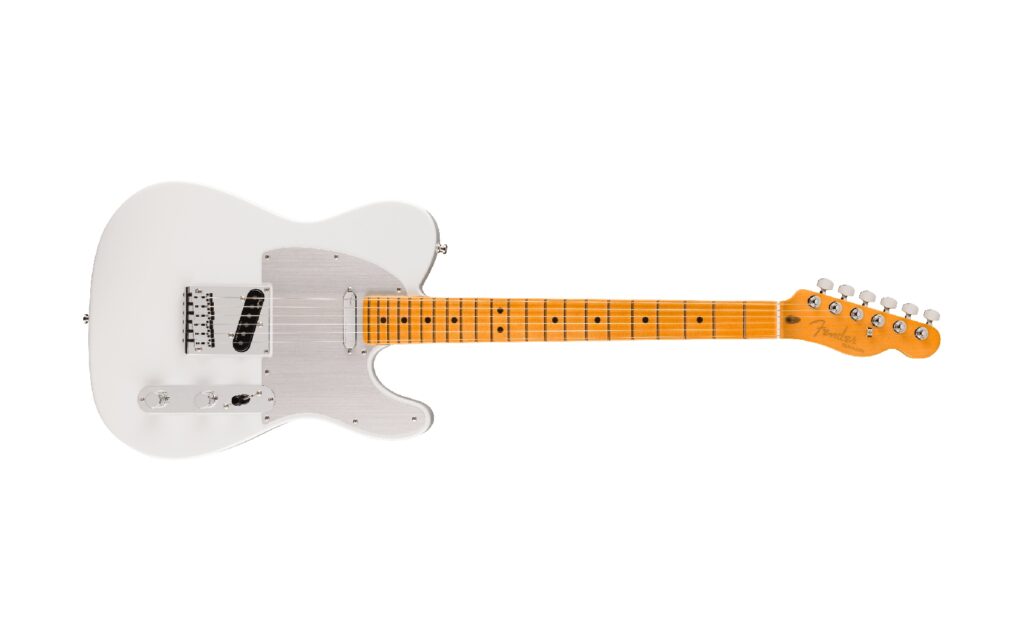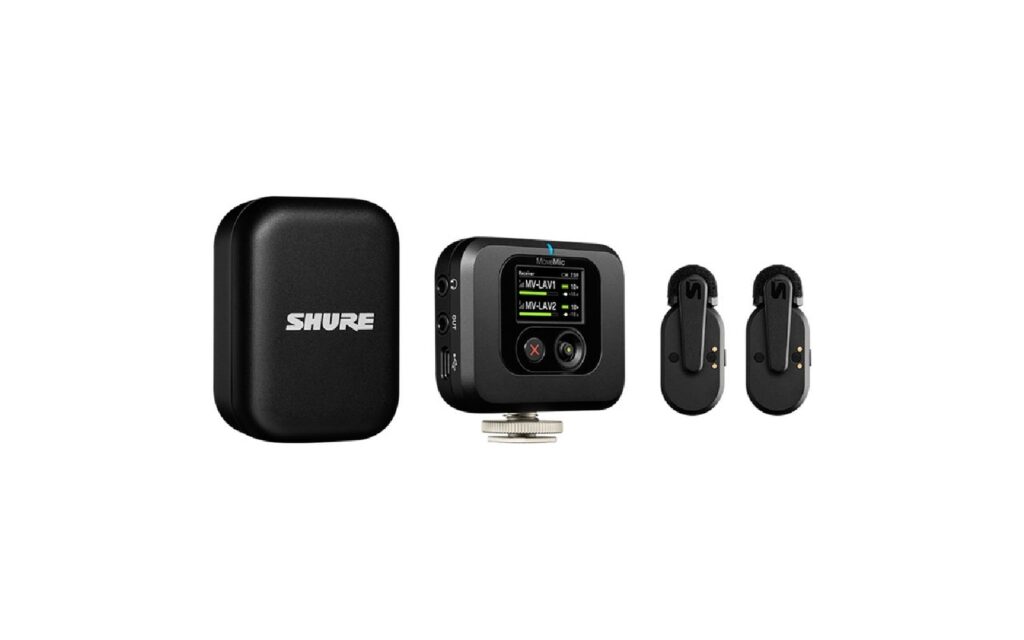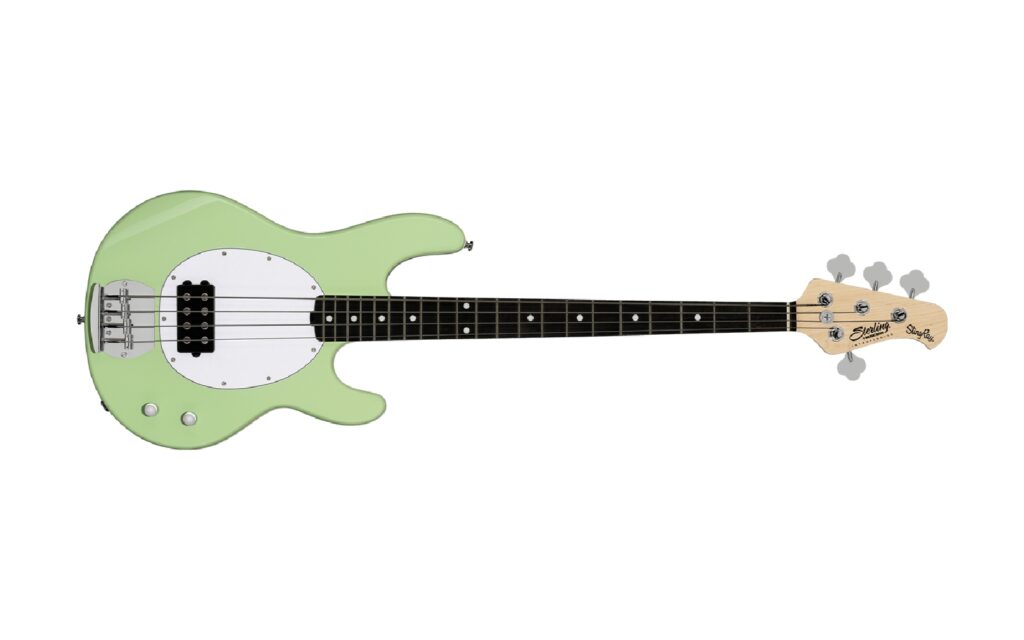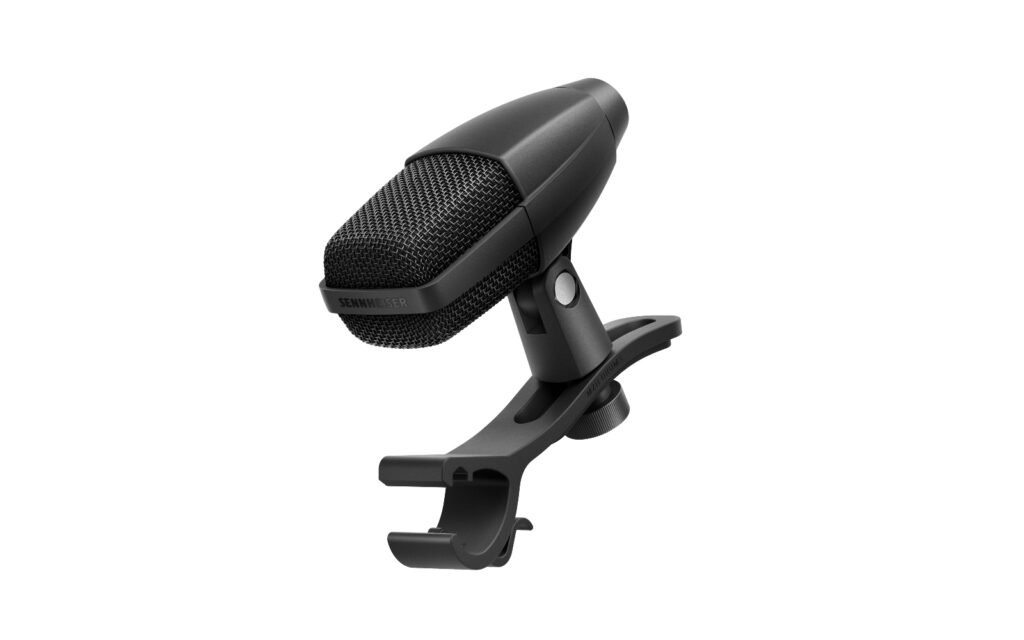Electric Factory | RRP: $899
Being a relatively new company in the world of multi effect units, HeadRush do certainly bring a few things to the table that are of interest, and as they should. I think it’s fair to say players aren’t exactly looking for the same old bag of tricks (and gripes) they might be used to from these types of effects processors.
With the overwhelming sense of immediacy having entrenched our daily lives, deep menu diving is not exactly a fond memory for guitarists familiar with some of the multi effects processors of yesteryear. Instead, having something that’s quick, intuitive, and easy to use is, I think, going to tick some boxes. So the question is, does the HeadRush MX5-S bring the goods to the table in creating inspiring guitar tones? I was certainly keen to find out.
Read more product reviews here.
With more than enough effects and amp models than you could throw a stick at, I’d confidently say that the MX5-S is packed full of fun. This custom-designed DSP multi-core processing system is quite powerful. To get the obvious stuff out of the way, the high-resolution four-inch touch display is easily one of the standout features of this processor, and I’ll dive into why later.
Expected hardware features such as solid footswitches, a built-in expression pedal, and sturdy menu dials are all nice and don’t feel cheap. The expression pedal, although a little small, is smooth and comfortable underfoot (and also features a toe-switch and adjustable tension). The footswitches each serve multiple purposes depending on whether they’re pressed once or pressed and held. Nothing out of the ordinary there.
The usual array of 1/4” jacks for input and outputs as well as expression pedal and FX send and returns (for external FX or for the four-cable connectivity) are located on the back. There’s also four 1/8” jack connectors for headphones output, auxiliary input, and MIDI in and out. The USB Type-B connector allows for connecting to a computer for recording or re-amping (at up to 24-bit/96kHz) or importing impulse response (IR) files to the unit. The DC In takes a dedicated 12V centre positive power supply.
I’ll start off by stating that from the get go I decided to not consult the manual prior or during my testing of this unit. So despite my usual course of action which is to RTFM (google it); I threw caution to the wind with this one and I gotta say, this thing is so easy to use!
Firstly, I tried the HeadRush MX5-S directly with headphones. Being used to recording my Jazzmaster via DI for numerous projects and alike over the years, I was eager to see what the MX5-S could offer as a studio tool without the use of an amp.
Despite the initial adjustment to the perceived top-end lift this unit has, after spending only a couple of minutes it became clear that MX5-S is a fine companion for the studio. Whether it be getting tones and ideas down quickly while writing or committing sounds to a track, this thing has plenty to offer. Blasting through a bunch of presets certainly showed off the numerous “amp rigs” and myriad of effects this compact beast has to offer. Although some were a little over the top and sometimes a little spiky to my ears, with a quick bit of tweaking, they were pretty darn usable. I will say though, I wasn’t a fan of the default noise gate settings, so I either changed these parameters per patch (super easy to adjust) or just turned it off entirely.
After noodling around with some presets I then of course started from scratch and commenced creating various custom patches. I actually cannot understate how easy this was. Compared to numerous other multi effects and amp modelling units I’ve tried over the years, the HeadRush MX5-S has got to be the most intuitive one I’ve tried to date. The touch screen, although a little small on this unit, is a star feature, making signal chain changes lightning quick and adding in/swapping out stomp boxes/amp/cabinets easy as pie. The tails feature is nice too and not something that all other boxes in this category offer. So having delay and reverb tails available makes for nice, smooth transitions between patches. Pretty lush.
Each stompbox or amp model can easily be tweaked by double tapping them, where numerous parameters can be adjusted. The various amp models I tried were pretty impressive and well in the ballpark of the amps they aimed to be modelling, with cabinet pairing and the various mics available made very easy to access and tweak if required. I particularly enjoyed the sounds of the various boosters and compressors available as well as some of the time-based effects from reverse delay lines to big washy reverbs.
I then turned off the amp modelling side of things and ran the HeadRush MX5-S straight into a Fender Hot-Rod Deluxe. Again, like most effects units, a little bit of tonal tweaking was required to play nicely with the amp (mostly dialling down top-end, as I mentioned earlier) but I found the various stomp boxes in the MX5-S to sound pretty lush through a tube amp. Tweaking sounds again was breezy and oh so intuitive.
Having not consulted a manual once from start to finish of testing out this unit, I was certainly impressed with how easy it is to operate, both navigating through presets, hardware assignment, and further tweaking of the wealth of amp models and stomp boxes available. Although some of the initial presets sounded a little harsh to begin with, some quick tweaking and tone shaping really allowed this unit to shine. A worthy contender for those looking for a compact, but feature-rich multi effects and amp modelling unit for the studio or stage.
For more information on the MX5, go to HeadRush. For local enquiries, reach out to Electric Factory.
